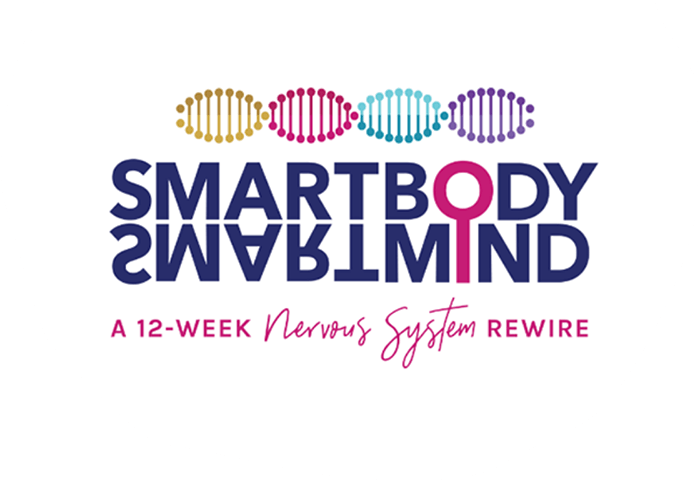Unfortunately, it’s a plain fact that healing one’s own trauma becomes much more complex when one has children. For one, anything unresolved in us from our own childhood will usually get activated by our children, and often those layers correspond with our kid’s age – so we may be plunged into our early/developmental trauma when they are born or may encounter all the stressors from when we were 2, when they are 2, for example. It’s not always that direct, but it is quite common.
Also, the more unresolved trauma we have, the more we will invariably pass on to our children, as their nervous systems learn from our nervous systems, and their behaviours are formed by our behaviours. So, the number one thing any parent can do is work to resolve their own trauma, as much as is possible among the many responsibilities of parenthood. And that’s usually not a quick process, and more often requires years of dedicated work. Which is trickier when we are getting triggered by our kids. Nevertheless, the most effective focus is on revolving our own trauma and increasing our own capacity and regulation, rather than trying to stop their behaviours that are triggering us.
Most often these behaviours are totally innocent and a natural expression of youthful vitality – running, screaming, jumping, playing, laughing, etc. and the last thing we want to do is squash their vitality because it triggers us. Also, we may be triggered by their pain, anger, sadness, hurt, or symptoms of their own unresolved trauma.
So as parents, despite the challenges, the best thing we can do is work on ourselves.
What to do in the meantime? How to remain calm in the face of our kid’s natural exuberance, difficult emotions, or expressions of their own dysregulation?
There’s no one thing that will work for everyone, but there are general principles to be aware of that can be helpful for everyone.
One – know what calms you! What are your resources? What slows your pulse, and helps you relax? Granted this isn’t something unsafe for you or your kids (injecting heroin is not advisable, for example) then use those resources! What SBSM practices are helpful for you to soothe and settle? There is a list of the neurosensory exercises that most commonly have this effect (bearing in mind individual differences) here…. https://smartbodysmartmind.com/the-20-most-frequently-asked-questions/#collapse-1-119123
Two – sometimes it’s important to allow the activation to be expressed, in order for soothing practices and resources to calm down can be effective. So, you may need to take yourself someplace quiet(er) and more private, such as your bathroom, and allow that sympathetic energy to be mobilized. The Healthy Aggression tools can be a place to start, but also make room for your own impulses to be heard and followed. AND – another tricky part, especially if our kids are young, it’s not the best for them to hear screams and other potentially scary sounds coming from their parent, so you may have to work more with breath, facial expression, and musculature.
Three – Use any good support you have. Partners, spouses, grandparents, uncles, aunts, friends, etc…. Any person who is regulated enough to maintain a calm, connected presence with your kids and who is willing, should be viewed as a very important resource. It does indeed take a village, and though we are often lacking that, we do need to take advantage of any good support that is available to us, even if it only means ten minutes to ourselves to do some processing.
Four – as much as possible, engage WITH your kids in healthy ways. If your young kids have big sympathetic energy coming out, find ways to join them in play that match them (granted this is possible for you, and within your capacity to do). With kids whose imagination is still fully online and are into playing, it can be so easy to find games that give BOTH you and the kid a chance to express and move some of that big energy.
‘Let’s play dinosaurs! What dinosaur are you? What sound do you make? How do you move? I’m a T-Rex and I go ‘grrrrrrrrrr-aaahhhhhhh!’ STOMP STOMP STOMP (and do the stomping)’
Make a big castle of blocks together and then turn allow the kid to turn into a hurricane that destroys it – granted they are feeling destructive and that is something they want to do.
Do sports of some kind together.
Conversely, do easy, co-regulating activities together – snuggle while reading them a story, or watching an (age-appropriate please) movie together, that kind of thing.
It is hard, no doubt, and complex, and messy. It may be a good idea to set up a therapy fund rather than a college fund if you can’t afford both, so your kids can get good support individually, or with you in a group session, when they get older. There is a lot you can do however, and I hope this has given you some ideas. Remember – fundamentally, the most helpful thing you can do, is to get regulated yourself.
